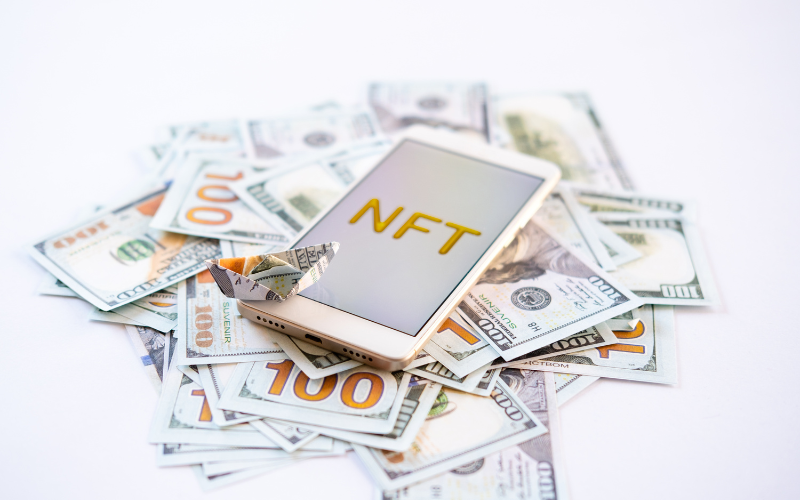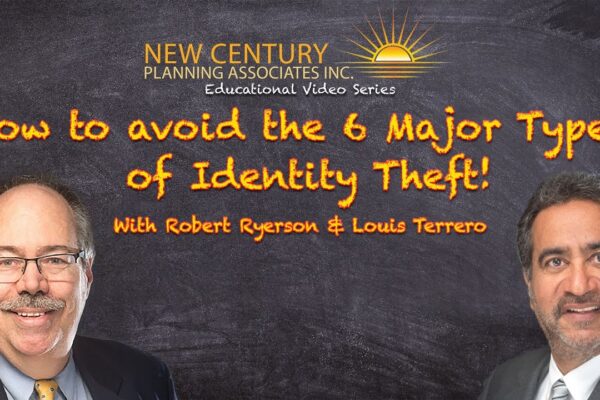How Do I Invest in Digital Assets? The Difference between Cryptocurrency and NFTs
NFTs and Cryptocurrencies are two popular investment categories that have been in the news increasingly in recent years. In many cases, you’ll hear these terms used interchangeably. However, they are two unique types of investments. Both asset classes have their own particularities and characteristics that are suitable for different investment goals.
This guide breaks down a few of the key differences between cryptocurrency and NFTs. It also goes in-depth as to what each one is, so that you can decide which is the right investment choice for you.
What Is an NFT?
NFT stands for Non-Fungible Token. These are digital tokens that cannot be divided, copied, or substituted. NFTs are unique identifiers, which means that they mark a single item that cannot be replicated or used interchangeably with another. To give you an example, an NFT would be like an original Van Gogh painting. You can’t copy, divide, or substitute a Van Gogh painting because it doesn’t have the same value as the painting made by Van Gogh himself.
 NFT technology creates a digital trail and verifies transactions such as purchases and sales. It also contains certain information about the current owner of the NFT, such as the date of the most recent transaction and the NFT’s current location. NFTs are commonly used in blockchain technology. NFTs can be used to ensure that the product you are purchasing is authentic. Since the blockchain can permanently store information about the product, checking for authenticity will soon be a requirement on countless physical products too. NFTs can also be used to store information about the manufacturing process, ensuring that everything is up to code and ensuring fair trade.
NFT technology creates a digital trail and verifies transactions such as purchases and sales. It also contains certain information about the current owner of the NFT, such as the date of the most recent transaction and the NFT’s current location. NFTs are commonly used in blockchain technology. NFTs can be used to ensure that the product you are purchasing is authentic. Since the blockchain can permanently store information about the product, checking for authenticity will soon be a requirement on countless physical products too. NFTs can also be used to store information about the manufacturing process, ensuring that everything is up to code and ensuring fair trade.
NFT applications don’t stop at consumer products either. There have already been numerous companies successfully using NFTs for industrial design prototyping purposes.
One problem in the world right now is fake food products like supplements and certain medicines. NFTs can help solve this by tracking and tracing food products through their entire journey – from manufacturing to shipment.
In many cases, NFTs are used with cryptocurrencies, such as Bitcoin, to show ownership and make transactions transparent.
What Is a Cryptocurrency?
Cryptocurrencies are thought of as digital or alternative currencies, but they are actually digital assets that utilize distributed ledger technology, a.k.a. blockchain, to make digital transactions secure. They use cryptographic means to maintain the security of transactions and oversee the creation of new units of currency. Currently, there are several different cryptocurrencies available on the market:
- Bitcoin
- Dogecoin
- Ethereum
- Ripple
- Litecoin
- XRP
Of course, you can exchange your crypto for cash and vice versa, using them to make purchases online. However, they change their value frequently, which can make these transactions complex. Like NFTs, there is no need for an intermediary bank account.
What’s the Difference?
Now that you know what NFTs and cryptocurrencies are, let’s go over a few of the key differences between them. Here’s a quick breakdown of some of the major differences between these digital assets.
Cryptocurrencies Are Fungible
As mentioned above, each NFT is valued independently, so it is not possible to exchange one for another. This is because each asset has a unique identification code and metadata that accompanies and distinguishes it. Cryptocurrencies, on the other hand, are traded and exchanged at the request of individuals in a manner similar to fiat currency.
As a result, cryptocurrencies are fungible and NFTs aren’t.
Cryptocurrencies Are Divisible
Another key difference between cryptocurrencies and NFTs is that NFTs are not divisible. In other words, it’s impossible to divide an NFT into smaller parts or values.
That’s because they’re considered a complete asset or token. On the other hand, cryptocurrencies can be divided. Just as a dollar can be divided into cents, cryptocurrencies can be divided as well.
To make the comparison even simpler, think of an NFT like a Picasso painting. If you split it in half, it wouldn’t be worth anything. On the other hand, cryptocurrency is more like $100. You could exchange that for two $50 bills or put $50 in each of two accounts.
NFT’s Have Inherent Value
Like works of art in museums, NFTs can be worth millions because of their inherent artistic value, history, cultural importance, or the creator’s fame.
These are items that might be worth nothing now, but which could be worth very substantial sums in the future.
It’s even expected that in the future, NFTs will be used in the global market as a replacement for identity documents, property titles, etc.. In the gaming world, they have the potential to improve marketing sources, monetary incentives, and rights management through tokens.
On the other hand, cryptocurrency follows a much more linear valuation system. A crypto’s value goes up or down much as money’s does, as opposed to how a fine work of art would.

Final Thoughts
Although they’re sometimes confused with one another, NFTs and cryptocurrencies are not the same. Both can be valuable investments. Once you have learned to differentiate between them, you’ll find it easier to manage, invest, sell, and buy them in ways that meet your goals. Both cryptos and NFTs offer investors potentially explosive upside potential but also carry higher-than-normal volatility. They generally should only be considered for a small part of your aggressive growth or speculative portfolio.
The blockchain used for this particular cryptocurrency is Ethereum, and there is currently a beta marketplace that has already launched for the coin. The developers launched the marketplace ahead of releasing the actual tokens themselves to help kickstart the cryptocurrency’s success.
Author
Robert Ryerson
Although Robert M. Ryerson completed all the necessary requirements to earn bachelor of arts degrees in both English and economics at Rutgers University, college policy at the time prohibited the issuance of dual degrees. As a result, he graduated from Rutgers with a single bachelor of arts in economics before finding employment as a stockbroker with Shearson Lehman American Express in New York City 1984. Robert M. Ryerson has since established himself as a respected estate administrator and legacy planner. In addition to his economics degree from Rutgers, Mr. Ryerson holds several professional designations including Retirement Income Certified Professional (RICP)®; Certified In Long Term Care (CLTC)®; Certified Financial Fiduciary (CFF)®, and Certified Identity Theft Risk Magenament Specialist (CITRMS)®. He has shared his knowledge on the subject of identity theft as the author of the book What’s The Deal With Identity Theft?: A Plain-English Look at Our Fastest Growing Crime. He has also covered identity theft issues directly for students as the instructor of the adult education course Understanding Identity Theft: Our Fastest Growing Crime.






